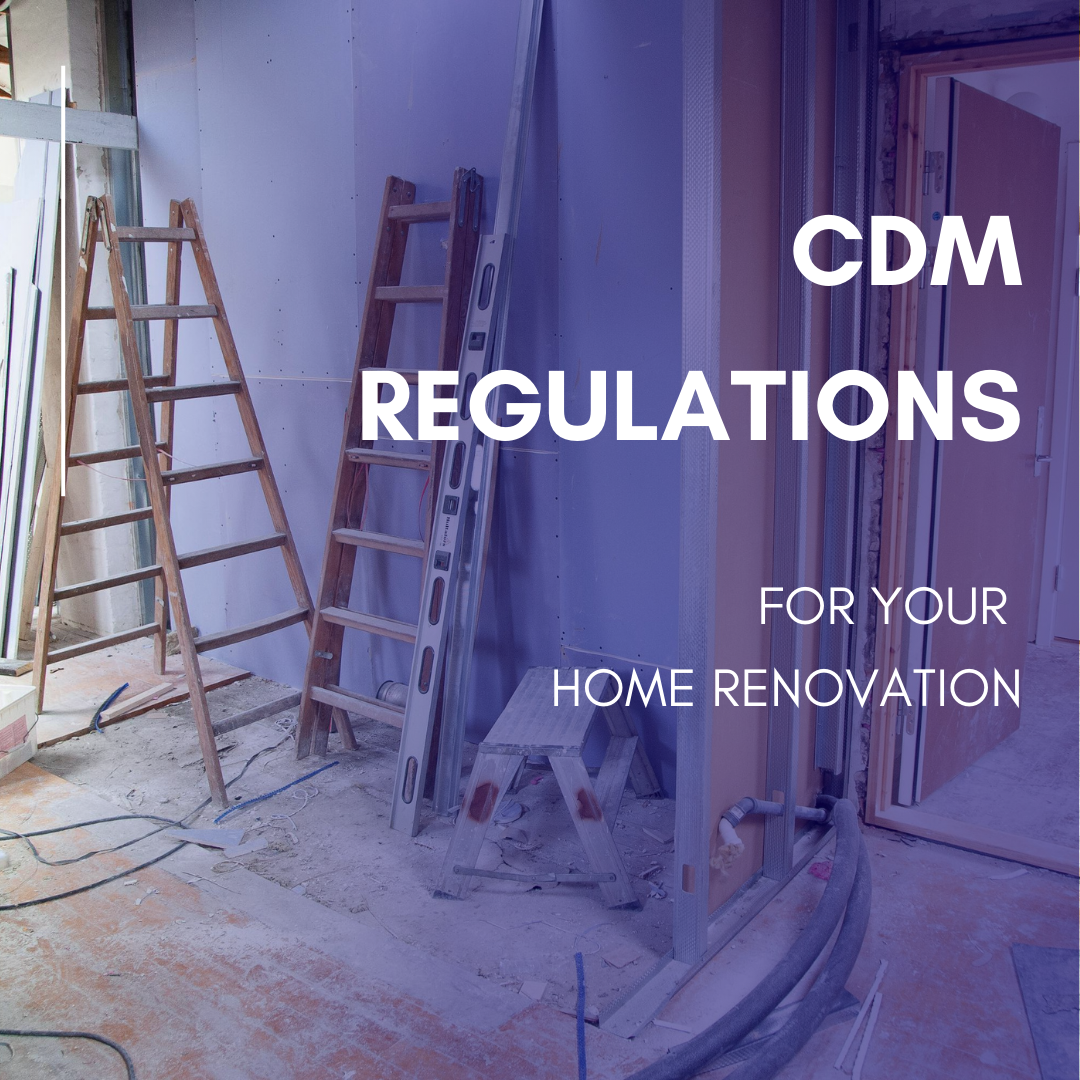CDM FOR SMALL RENOVATION PROJECTS
If you’re planning a home renovation project in London, it’s essential to understand how the Construction (Design and Management) Regulations 2015 (CDM 2015) will apply. These regulations exist to ensure health and safety in construction projects, including small home renovations.
Do CDM Regulations Apply to Small Refurbishments?
Yes, they do!
CDM 2015 applies to all construction projects, no matter the size. However, the level of responsibility depends on the type of client you are and the scale of the work.
Domestic vs. Non-Domestic Projects
Domestic Clients (Homeowners): If you’re having work done on your own home and are not acting for business purposes, you have no direct CDM responsibilities. Instead, these automatically transfer to:
The Principal Contractor (PC) if there’s more than one contractor.
The Contractor if only one company is involved.
Non-Domestic Clients (Commercial): If you’re a landlord, developer, or business commissioning a renovation or refurbishment, you do have CDM duties. This includes appointing a Principal Designer (PD) and a Principal Contractor (PC) if there is more than one contractor involved.
Who Does What? Understanding CDM Roles
To ensure safety and compliance, different parties have specific responsibilities:
Client – Ensures health and safety is managed throughout the project.
Principal Designer (PD) – Required when multiple contractors are involved, responsible for designing safety into the project.
Principal Contractor (PC) – Oversees site safety when more than one contractor is involved.
Contractors – Must carry out work safely, providing risk assessments and method statements.
Workers – Must follow site health and safety rules.
CDM Regulations
Health and safety are essential in home renovations to protect all involved and to ensure you get value and quality in return.
What About The F10 Notification?
A key part of CDM 2015 is knowing when to notify the Health and Safety Executive (HSE) using an F10 notification. You must submit an F10 if your project meets either of these criteria:
The work lasts longer than 30 working days AND has more than 20 workers on-site at any time.
The work exceeds 500 person-days in total.
For most small home refurbishments, an F10 notification is not required. However, if your project is large, spans multiple months, or involves numerous workers, you may need to notify the HSE.
CDM Compliance Small Renos
Even if an F10 isn’t required, CDM 2015 still applies. This means contractors must:
Plan and manage work safely.
Identify and control risks.
Communicate effectively with clients and workers.
Ensure workers have the right skills, training, and experience.
Finally
Understanding CDM 2015 is crucial for you as a homeowners, property developer, or even for contractors alike. While small refurbishments don’t always require an F10 notification, they still need to meet CDM standards for safety.
If you need Project Management services for your next home renovation, feel free to reach out to us to discuss your needs!


